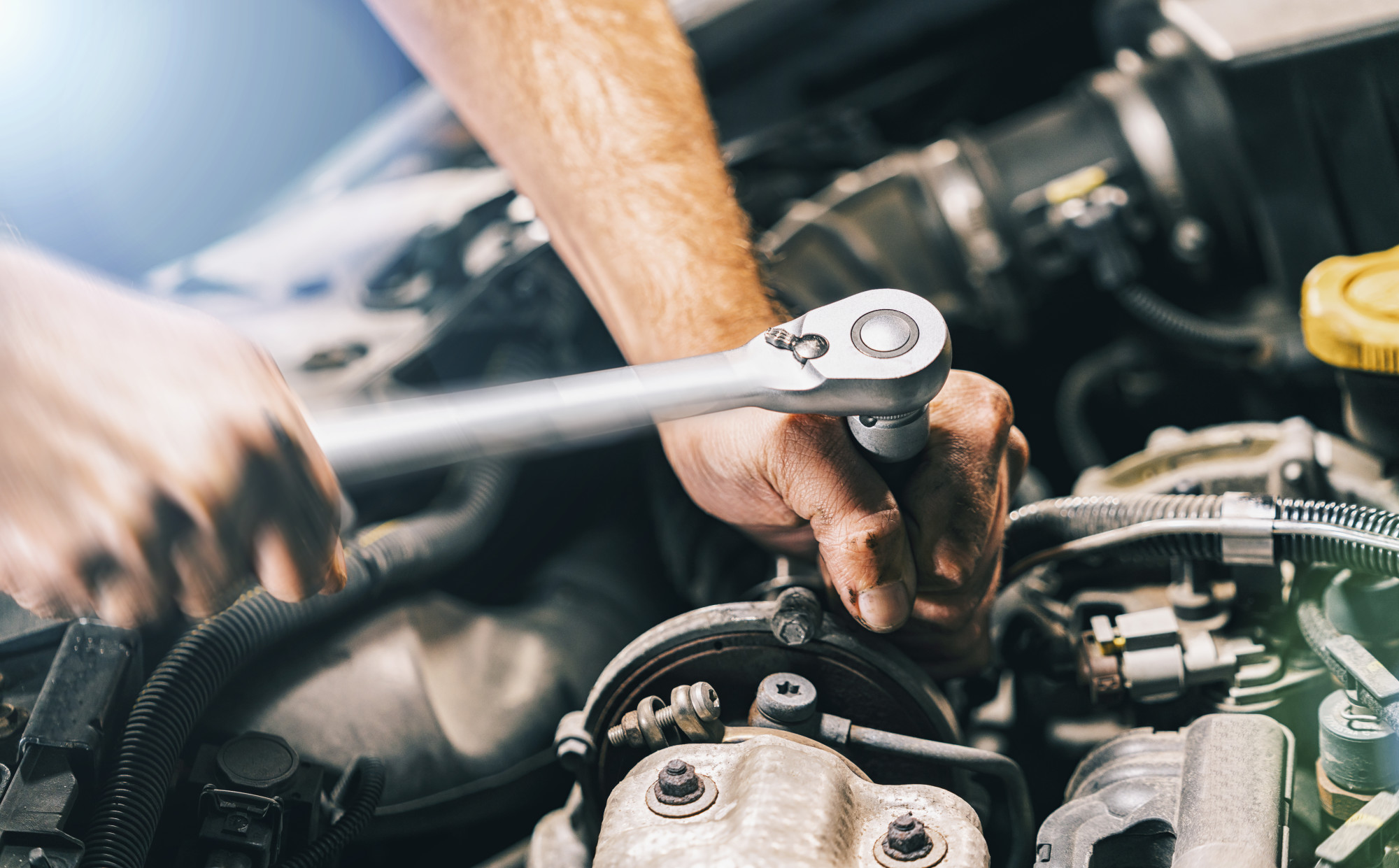Thinking of giving DIY car repair a go?
Maybe it is the thought of talking to the mechanic or the bill you receive afterward a job is done but all drivers reach a point when they ask themselves, “Am I sure that this is something I can’t do?”
DIY car repair can cause a lot of anxiety to the uninitiated, but once you are no longer a repairs virgin you find yourself asking “Why didn’t I do this before?”.
There is a myriad of jobs that can be done without much complication, but before you decide to roll up your sleeves, read this guide to learn about some fundamental tips that you should keep in mind so your hard work is successful.
Preparation Is Half the Battle
When doing any DIY it is easy for a quick 5-minute job to suddenly turn into a whole afternoon.
The same rules apply if you are about to get your hands dirty with DIY car repair. Therefore, it’s important that whatever you do, you have a plan before you get started.
Don’t start a job if you only have a spare 5 minutes and think you could squeeze in a repair. Rushing can lead to more complications, so always choose a time when you know you can give your precious vehicle the attention that it deserves.
Also trying to remember what goes where after fitting a component can turn into a real nightmare.
To avoid this remember to take a quick snap before you start work and as you go along and keep any screws and bolts separate as you take them out. Finding out that you have misplaced a screw after finally getting a job done is an avoidable complication that can ruin the amazing high you get when you have finished a job.
DIY Car Repair Requires the Right tools
As mentioned before, getting to grips with DIY car repair is quite simple when you know how. But it doesn’t mean that you don’t need to have certain tools to hand to get the task done.
So what tools should every driver have tucked away to do the typical jobs that can be done without a trip to the garage?
It goes without saying that screwdriver and wrench sets are essential. With so many different types of terminals and connections in a car, knowing that you have the means to handle any variant can give you confidence before beginning any job.
Some jobs may require you to prop up your car, therefore it is good to have jack stands, as they are more stable than the traditional hydraulic jacks that come with a spare wheel.
The last and often overlooked piece of equipment is for what gets the dirtiest during a DIY car repair. Your hands! Latex gloves are good for lighter work whereas fabric ones are better for heavier jobs. Be sure to have some in storage before you get started!
Be Kind to the Environment When Fixing Your Car
You may find that you will need to replace a broken car part during your standard car maintenance. If so, consider fixing it yourself and helping the planet by using used parts rather than new ones.
How?
Because not only would you find yourself saving money, but also you would be preventing these still useful items from being thrown into landfills which is a serious problem.
Taking one type of car as an example, if you have a Mazda Miata, this link will take you to find used Miata parts. Car parts of all sorts are so easily sourced today that you have no excuse. Going down this route clearly has benefits for all involved.
Nothing to It but to Do It!
Rather than being daunted, with good preparation, you can feel confident about getting your hands dirty. DIY car repair saves you time and money so be sure to seriously consider it if you don’t do it already.
We hope you enjoyed our tips. Be sure to check out our other great content on our site!

